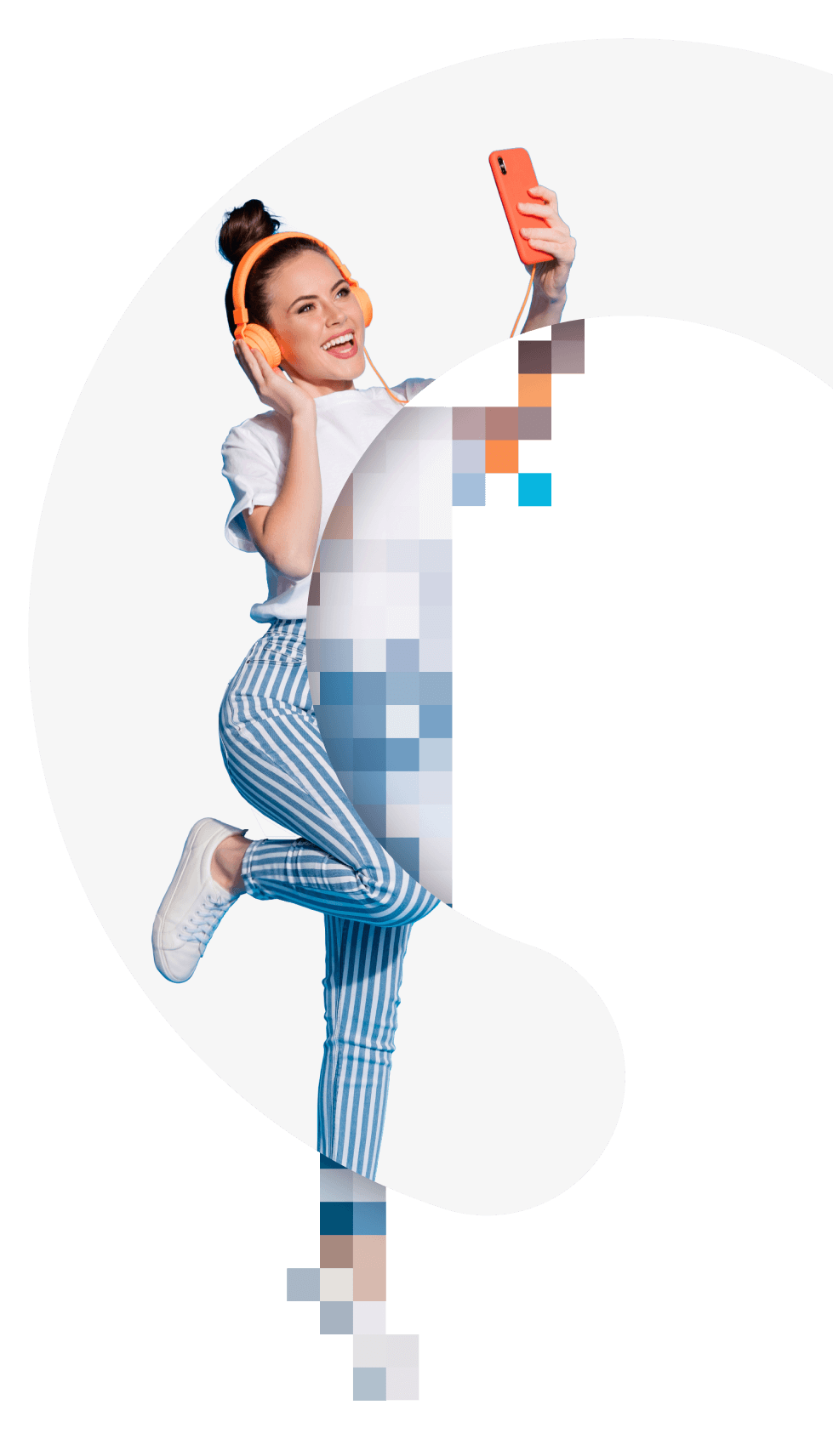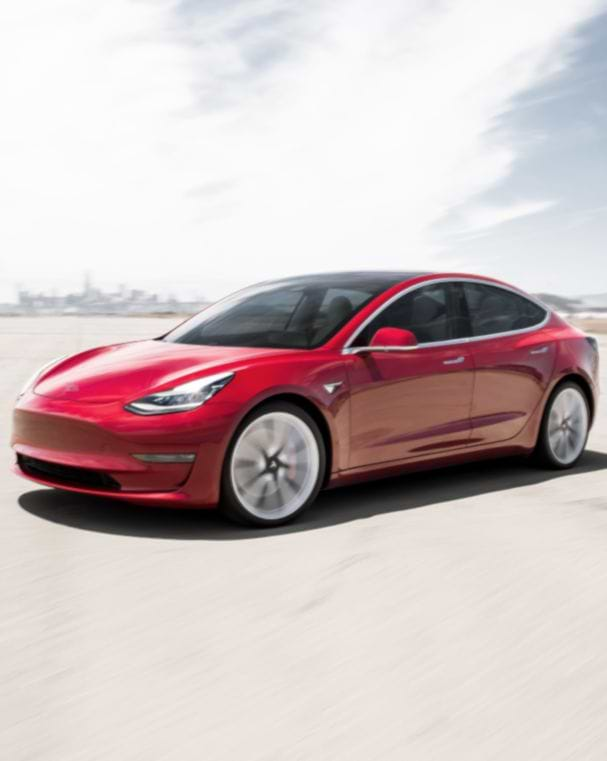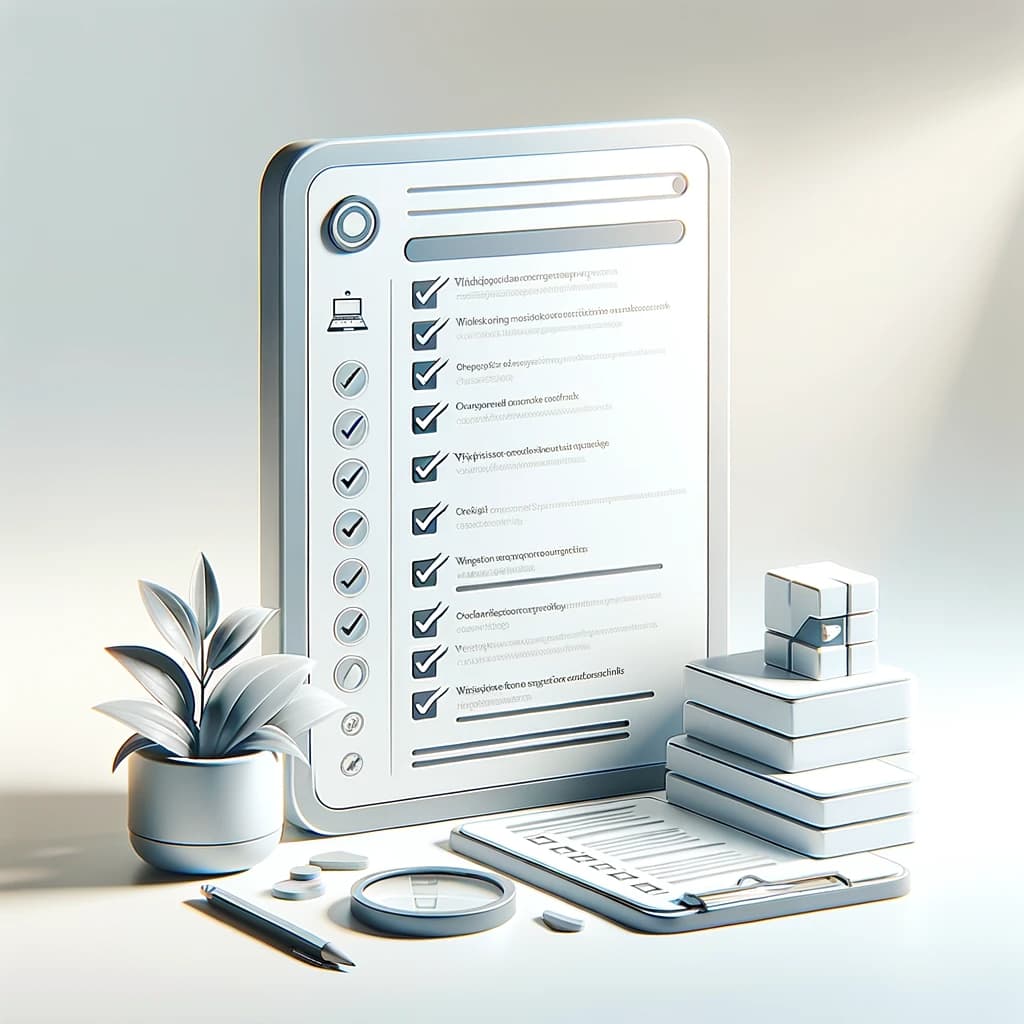HOW HIGH BOUNCE RATES CAN KILL YOUR WEBSITE’S CONVERSIONS
Don’t lose customers before they start using your website
WHY CUSTOMERS BOUNCE
Bounce rate simply means the percentage of visitors who load the homepage without going to a second page. In eCommerce, sites with high bounce rates have a hard time converting, because they are losing their potential customers even before they see the products.
While there are exceptions, the majority of sites with a bounce rate above 50% are doing something wrong. Usually the site has too many high-quality heavy image files, poor user experience such as pop-up ads, or cumulative layout shift (CLS) errors that cause a jumpy, counterintuitive journey through the homepage.
Another factor is bad SEO, that a site is trying to gain traffic from sources that don’t match the content of the site. Connected with the aforementioned media size and issues in the code is slow loading speed. Slow loading is the number 1 factor that will make users bounce. This is especially true for mobile and even more pronounced with users who have poor data connections.
A FEW SECONDS MAKE A HUGE DIFFERENCE
Essentially, the longer a website takes to load, the greater the number of customers who will never engage with the site. Google observed in field data that a few extra seconds of loading time will increase bounce rates significantly.
Another Google study, “The Need for Mobile Speed,” found that 53% of mobile website visitors will leave a webpage that doesn’t load within three seconds. Meanwhile, the average time it takes to load a mobile page is 15.3 seconds.
The first step towards converting visitors to sales depends on ensuring that visitors stay on your website. The easiest way to retain customers from an optimization standpoint is to improve your website’s loading speed. Most websites are failing at it, especially on mobile.
THE ULTIMATE EDGE IN CONVERSIONS
A digital advertising firm, Portent, conducted a study of over 100 million pageviews of 20 B2B and B2C businesses and observed huge variance in conversion rates between relatively fast loading websites and lightning-fast ones that load in under 2 seconds. Each extra second of loading time between 1 and 5 seconds accounted for a 4.24% drop in conversion rate.
Conversely, lightning-fast sites sell their products and services at much higher conversion rates. So if you want your website to convert better, make your site load faster.
The formula is clear: faster sites bounce less, users have better shopping experiences and will be more inclined to buy more products.

THE LOW HANGING FRUIT OF PAGESPEED, BOUNCE RATE AND CONVERSIONS
Renault, the multinational automobile manufacturer, did a field study to measure how loading speed affects their business. The main metric they used was Largest Contentful Paint (LCP) – how quickly the main element of their page loads. Then they measured the overall impact of improving LCP speed by the millisecond. Their findings were remarkable. A one-second improvement in LCP led to a 14% lower bounce rate and a 13% increase in conversions, in this case as lead forms completed. 0.2s to 4 seconds of LCP loading time reduced bounce and conversions by about half. This study illustrates just how much speed, bounce and conversions are interdependent metrics for business success.
So if you want to improve your conversions, start with the bounce rate and the loading speed, which will automatically keep customers more active and engaged on your site.
Up to 90% SMALLER MEDIA.
~100% QUALITY.
Using the principles of neuroscience, SpeedSize™ is the only platform that can automatically optimize heavy image & video files so dramatically without perceptible quality loss. SpeedSize™ beats the competition by a wide margin. AI-optimization technology means your media & website load faster.
Let us show you how we can transform your site’s visual loading speed and experience with live examples from your site. Schedule a free AI-audit today at speedsize.com.






